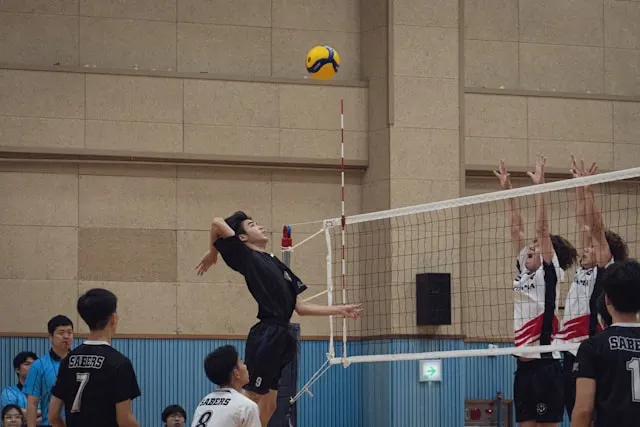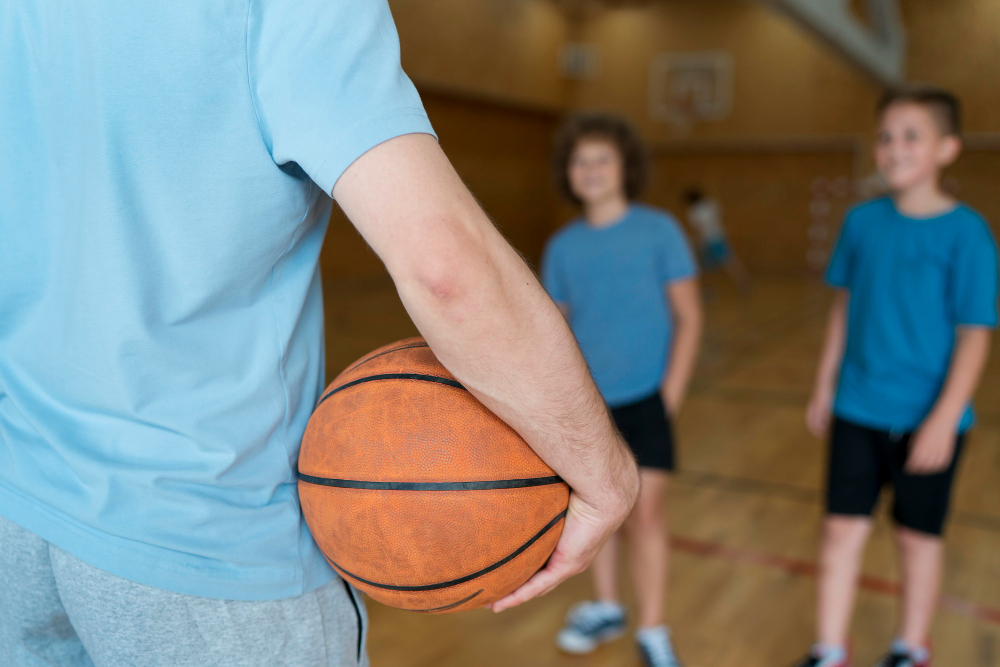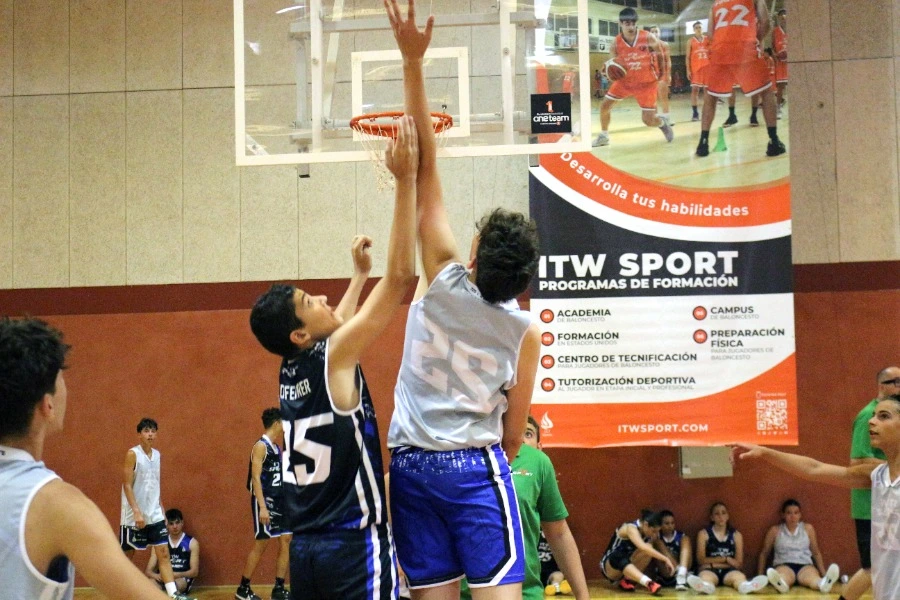To improve with the volleyball training it is not enough to repeat moves or play games aimlessly. To make real progress it is key to follow a planning that makes sense, that fits the level of play.
We'll explain how to structure training sessions based on experience, which exercises are worth focusing on at each stage, and how to complement your preparation both on and off the court.
What does a well-structured volleyball training session look like?
Training without direction rarely leads to good results. For training to be effective, it must have a clear purpose, be adapted to the player’s technical and physical level, and promote gradual improvement.
A well-planned session should include:
- Active warm-up with joint mobility and neuromuscular activation.
- Specific drills aimed at the day’s technical or tactical goal.
- Physical work related to volleyball: functional strength, movement, jumping.
- Individual technical correction and feedback to consolidate what’s been learned.
Volleyball Training for Beginners: Fundamentals and First Drills
In the early stages, the main goal is to learn the fundamentals and build confidence in movement. It’s not about perfect technique from day one, but about getting familiar with the ball and understanding the logic of the game.
Recommended drills:
- Hand-eye coordination: throwing and catching the ball with control.
- Simple movement: lateral steps and short changes of direction.
- Basic hitting with no pressure: getting used to forearm and overhead touches.
The approach should be dynamic, progressive, and motivating. Ideally, players should enjoy the process without unnecessary frustration.
Intermediate Level: Enhancing Team Play and Coordination
When the technical foundation starts to solidify, it’s time to involve the player in more complex dynamics where team play takes centre stage. At this point, improvement no longer depends solely on what happens with the ball, but also on what happens when possession is lost.
Goals at this stage:
- Improve reaction time and game reading.
- Practice passing and movement sequences.
- Incorporate 2 vs 2 and 3 vs 3 drills with rotation.
This level is particularly suitable for working on communication, spatial awareness, and synchronisation with teammates — key factors in any competitive team.

Advanced Level: Preparing the Athlete to Compete
Training in advanced stages requires greater demands, both physically, technically, and mentally. The goal here is no longer just to improve but to optimise performance sustainably.
Key aspects of advanced training:
- Load control and recovery to prevent injuries.
- Tasks with time or numerical pressure to simulate matches.
- Focus on decision-making, tactical variability, and error response.
At this stage, professional support is not optional. It is essential to maintain the playing level over time and meet the demands of competition.
Volleyball Training at Home: How to Maintain Your Level Without Access to the Court
When you can’t train on the court, it’s important to maintain physical condition and stay connected to the sport from home. Although technical ball work is limited, many aspects can still be trained.
Some useful exercises include functional strength training (legs, core, stability), reaction drills with visual or auditory stimuli, and routines for mobility, injury prevention, and recovery. These workouts are ideal for off-season periods, holidays, or minor injuries.
Why Follow a Training Plan with Professionals?
Following a guided training structure speeds up progress, reduces technical errors that are hard to fix, and minimises the risk of injury. At ITW Sport, we design a volleyball training programme tailored to each stage of development, from initiation to high performance.
Each player trains with a clear purpose, accompanied by coaches who not only correct but teach how to understand the game. That understanding is what truly makes a difference in an athlete’s development.
Conclusion: Progressing in Volleyball Is a Matter of Method and Consistency
Volleyball training isn’t just about repeating exercises. It’s about advancing with purpose, adapting each session to the player’s current level, and having the right support to achieve sustained improvement.
With planning, commitment, and professional guidance, any player can grow, compete, and enjoy the sport much more.






